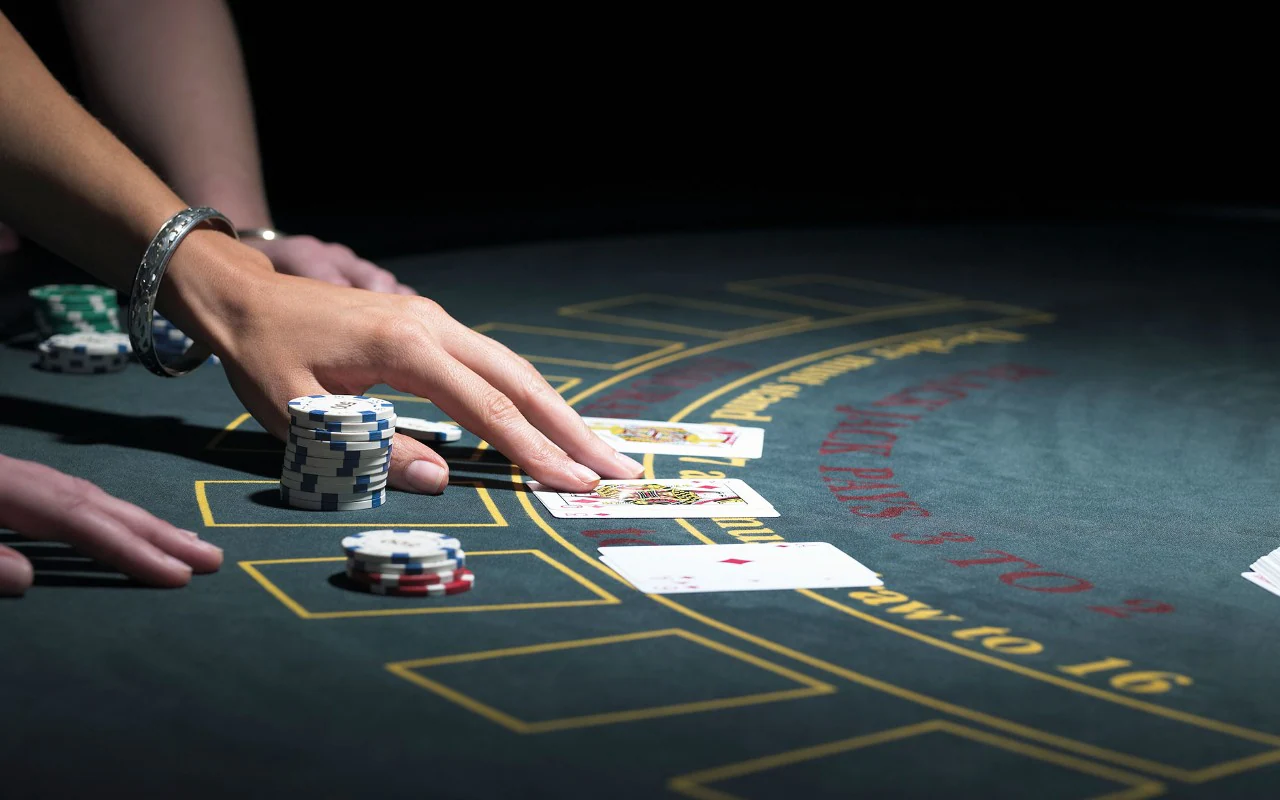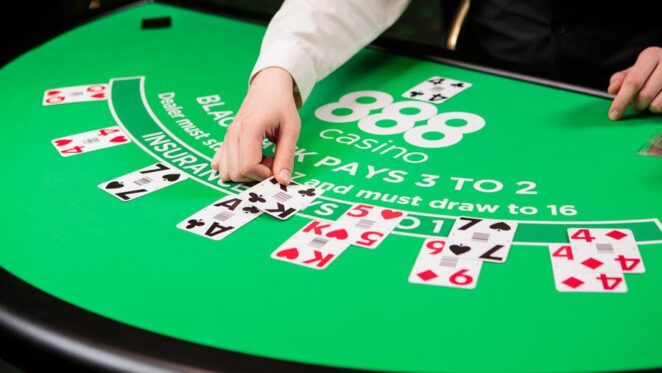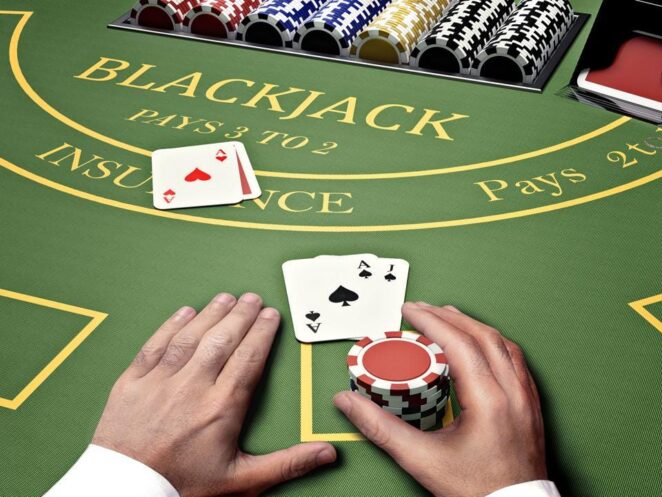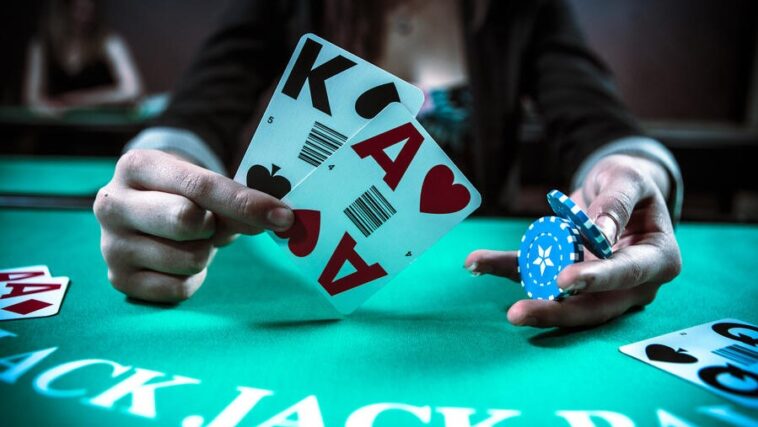Blackjack is a timeless classic in the world of gambling, captivating players with its blend of strategy, skill, and luck. One of the critical decisions players face is how many decks to play with. While it may seem like a trivial matter, the number of decks used can significantly impact the game’s dynamics and your chances of success.
In this comprehensive analysis, we’ll delve into the factors influencing this decision and help you determine the optimal number of decks for your blackjack sessions.
Understanding the Impact of Deck Size

The number of decks used in BlackJack directly affects the game’s house edge, a crucial factor determining the casino’s advantage over players. In general, the more decks in play, the higher the house edge. This is primarily due to increased penetration, meaning fewer cards are dealt before the shoe is reshuffled.
With fewer decks, players have a better chance of predicting which cards remain in the deck, thus gaining a slight edge over the house. However, the difference in house edge between varying deck sizes may seem minimal at first glance but can have a considerable impact on long-term profitability.
Another aspect affected by the number of decks is card counting, a technique employed by skilled players to gain an advantage over the casino. Card counting involves tracking the ratio of high to low cards remaining in the deck and adjusting your bets accordingly.
In a single-deck game, card counting can be highly effective, as each card dealt has a more significant impact on the remaining composition. However, as the number of decks increases, card counting becomes more challenging due to the higher number of cards in play and decreased penetration.
Therefore, players employing card-counting strategies often prefer games with fewer decks to maximize their advantage.
Factors to Consider in Deck Selection
One crucial factor in determining the optimal number of decks is the player’s skill level and familiarity with the game. Novice players may find single-deck games more manageable to grasp, as the simplified composition makes card counting and strategy decisions more straightforward.
On the other hand, experienced players may prefer the added challenge and strategic depth offered by multi-deck games. It’s essential to assess your comfort level and proficiency in blackjack before deciding on the ideal size for your gameplay.
The specific rules and variations employed by the casino can also influence the choice of size. Different establishments may offer varying blackjack formats, each with its own set of rules regarding size, doubling down, splitting, and other gameplay mechanics.
Additionally, some casinos may use continuous shuffling machines (CSMs) to thwart card-counting efforts, rendering the number of decks irrelevant. Before sitting down at a blackjack table, it’s essential to familiarize yourself with the house rules and variations to make an informed decision regarding this selection.
Finding the Right Balance

Ultimately, the decision of how many tiers to play in blackjack boils down to finding the right balance between risk and reward. Single-deck games offer lower house edges and greater opportunities for card counting but may be intimidating for novice players.
Conversely, multi-deck games provide a more forgiving environment for beginners but come with higher house edges and increased complexity. It’s crucial to assess your risk tolerance, skill level, and strategic preferences to determine the optimal size for your blackjack sessions.
As with any aspect of gambling, finding the ideal size may require experimentation and adaptation. It’s essential to approach each blackjack session with an open mind and be willing to adjust your strategy based on the game’s dynamics and your personal experiences.
Whether you prefer the simplicity of single games or the strategic depth of multi-deck variants, embracing a flexible mindset will enhance your overall enjoyment and success at the blackjack table.
The Evolution of Sizes in Blackjack
The evolution of sizes in blackjack is a fascinating journey through the history of the game. In its early days, blackjack was predominantly played with a single deck, offering simplicity and straightforward gameplay. However, as the game gained popularity and casinos sought to increase profits, multiple variants emerged, introducing new challenges and strategies for players.
Understanding the historical context behind the shift in sizes provides valuable insights into the development of modern blackjack and the factors influencing this selection today.
Advancements in technology have also played a significant role in shaping the evolution of sizes in blackjack. With the advent of continuous shuffling machines (CSMs) and automated card dealing systems, casinos gained greater control over composition and reshuffling intervals.
This led to the proliferation of multi games, as casinos sought to minimize the effectiveness of card-counting strategies and maximize profitability. The integration of technology into blackjack gameplay continues to impact selection and game dynamics, highlighting the ongoing evolution of the game in response to changing trends and advancements.
Ultimately, player preferences and market demand have played a crucial role in driving the evolution of sizes in blackjack. Casinos must strike a delicate balance between offering games that cater to both novice players and seasoned veterans, each with their own unique preferences and skill levels.
As a result, casinos may offer a variety of blackjack variants with different sizes to accommodate a diverse player base. By understanding and adapting to player preferences, casinos can ensure a dynamic and engaging gaming experience while maintaining profitability and competitiveness in the ever-evolving world of blackjack.
Conclusion

In conclusion, the number used in blackjack is a critical aspect that can significantly impact gameplay and your chances of success. Understanding the influence of size on the house edge, card counting strategies, player skill level, and casino rules is essential in making informed decisions at the blackjack table.
By carefully considering these factors and finding the right balance between risk and reward, you can maximize your enjoyment and profitability in this timeless casino classic. So, whether you’re a seasoned pro or a curious novice, remember to choose your decks wisely, and may the cards be ever in your favor!



